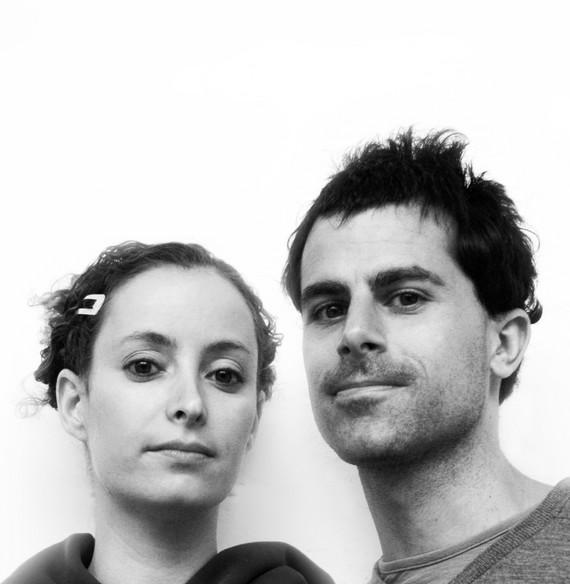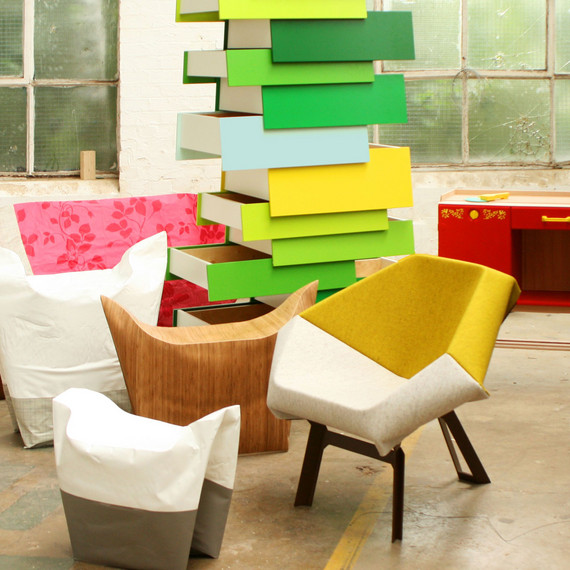»Many Designers like collecting objects to create their own visual library.«
The products and installations created by the design studio Raw Edges are characterised by their playful use of colours and patterns. Raw Edges have made a name for themselves through their work for companies such as Kvadrat, Moroso and Luis Vuitton. They also set in scene »Alexander Girard« for the Vitra Design Museum. Shay Alkalay, one of the partners at Raw Edges alongside Yael Mer, spoke to chief curator Jochen Eisenbrand about the actuality of Girard's work.
What is behind the name Raw Edges?
After we graduated we were asked to design a collection of suitcases. We looked around and very quickly got fed up with so many slick suitcases. We wanted to create something with more character. For three months, we tried to convince the company to go ahead with our ideas. A phrase that came up a lot was »raw edges«. In the end, nothing came of the collaboration with this client – but at least we had a name for our studio!
How do you develop the ideas for your objects?
I would consider curiosity as the prevalent factor in our designs. Our aim is to surprise people. We would like adults to be surprised and to react in a child-like way when looking at our projects – wanting to touch, try to understand and discover what they are all about. We usually try to define a core idea for every project. This could be a new mechanism, a surprising combination of materials, maybe a new process to create an object or an alternative way to use a product. Once we feel the core idea is there, the objects develop quite naturally by themselves.
What is the first thing that comes to mind when you think of Girard?
The contrast in his graphics. On the one hand, he is very modern, clean and precise; on the other hand, his characters have bizarre elements, probably inspired by folk art. For instance, there is this textile panel of a girl who is half girl, half tree – and her head looks like the sun. For me, this contrast of simple graphics and very complex meaning is what makes Girard so unique.
Now that you have been involved with Girard for so many months, working on this show, have you discovered things that surprised you?
The main surprise was the folk art collection and its importance for Girard’s work. I knew the end result but hadn’t known what the source or the influence was. Girard concentrated a lot on other cultures, though this is not immediately clear in his work. His work doesn’t look crafty, but you do get the sense that it is inspired by craft.
Is there anything you see in Girard’s work that is a lasting legacy for designers today?
The designers from Girard's period were lucky enough to be able to lay the foundations for the lifestyle we have today. The interior style that was established after the Second World War hasn’t changed much. Girard was among those who established it.

